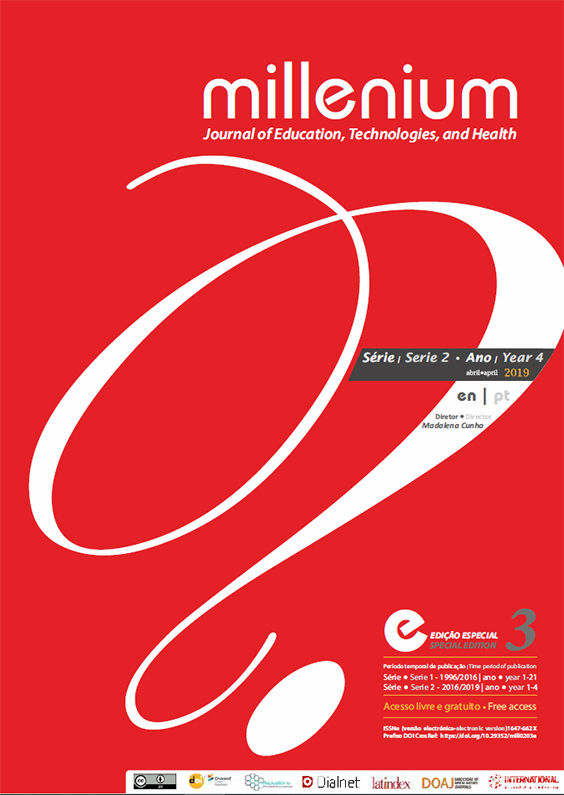The effect of post-manufacture on the properties of hight density fire-retardant treated fiberboard panels
DOI:
https://doi.org/10.29352/mill0203e.01.00173Keywords:
high density fiberboards, thermal modification, fire retardantAbstract
Introduction: Fiberboard panels present great advantages in furniture manufacturing despite their inherent flammability. This problem will be solved by treating those panels with the right fire retardant (FR) additives.
Objectives: A set of high density fiberboard went through several hot pressing operations in order to study the influence of this procedure on the substrate properties.
Methods: The experimental plan was developed for three different temperatures of 95 °C, 180 °C and 210 °C and two different pressing times (22 seconds and 35 seconds) for each. The panels were made out of pine fibers (Pinus pinaster) and had an average density of 930 kg/m3 and were 6.7 mm thick.
Results: The results indicated that the post-manufacture hot-pressing of the FR-treated HDF panels led to a slight improvement in the modulus of elasticity (MOE) and in the bending strength of the panels used as substrates. A decrease in the moisture content and in the fiberboards’ thickness and an increase in their density and in their thickness swelling was observed as higher temperatures and longer pressing times were applied to the panels.
Conclusions: There was also a slight decrease in the internal bonding strength of the panels due to the presence of the flame retardant which leads to a decrease in the bonding capacity of the resin. Conclusions: There was a slight improvement in the properties of the substrate except in the fiberboards’ internal bonding strength which experienced a slight decrease due to the interference of the fire retardant.
Downloads
References
Akhtary M., Parsapazhouh D., Hemasi A. H., Arefkhani M., (2006). Effect of fire retardants on beech wood with dipping and lowry methods. Journal of agricultural sciences. 12 (2), 449-461.
Ayrilmis N., Candan Z., White R. H. (2007). Physical mechanical, and fire properties of oriented strandboard with FR treated veneers. Holz Roh-Werkst, 65,449-458.
Ayrilmis N. (2007). Effect of fire retardant on internal bond strength and bond durability of structural fibreboard. Bulding and Environment 42, 1200-1206.
Chow, P; Janowiak J J; Price E W., (1996). The internal bond and shear strength of hardwood veneered particleboard composites. Wood and Fiber Science, 18 (1), 99-106.
Chow, P. (1976). Properties of medium-density, dry-formed fiberboard from seven hardwood residues and bark. Forest Products Journal, 26 (5), 48-55.
Grexa O.; Horvatova E.; Besinova O.; Lehocky, P. (1999). Flame retardant plywood. Polymer degradation and stability, 64, 529-533.
Grigsby W., Thumm A. and Carpenter J. (2012). Fundamentals of MDF panel dimensional stability: Analysis of MDF high-density layers. J. of wood chemistry and technology, 32, 149-164.
Hashim R.; Sulaiman, O.; Kumar R. N.; Tamyez P. F.; Murphy R. J.; Ali Z., (2009). Physical and mechanical properties of flame retardant urea formaldehyde medium density fiberboard. J. of materials processing techonology, 209, 635-640
Levan, S. L.; Ross, R. J.; Winandy, J .E., (1990). Effects of fire-retardant chemicals on the bending properties of wood at elevated temperatures. Research Paper USDA FPL-498, Madison, WI, USA.
Levan, S. L.; Winandy, J. E., (1990). Effects of fire retardant treatment on wood strength: a review. Wood and Fiber Science, 22(1):113-131.
Maloney, T. M. (1989). Modern particleboard & dry-process fiberboard manufacturing. San Francisco: Miller Freeman Publication, CA, USA.
NP EN 317:2002 Aglomerado de partículas de madeira e aglomerado de fibras de madeira. Determinação do inchamento em espessura após imersão em água.
NP EN 310:2002 Placas de derivados de madeira. Determinação do módulo de elasticidade em flexão e da resistência à flexão.
NP EN 319:2002 Aglomerado de partículas de madeira e aglomerado de fibras de madeira. Determinação da resistência à tração perpendicular às faces da placa.
NP EN 322:2002 Placas de derivados de madeira. Determinação do teor de água.
NP EN 323:2002 Placas de derivados de madeira. Determinação da massa volúmica.
Özdemir F., Tutus A. (2013). Effects of fire retardants on the combustion behaviour of high-density fibreboard BioResources, 8(2), 1665-1674.
Sweet M. S.; Winandy J. E. (1999). Influence of degree of polymerization of cellulose and hemicellulose on strength loss in fire-retardant-treated Southern Pine. Holzforschung, 53(3), 311–7.
Stamm A. J. (1956). Thermal degradation of wood and cellulose, Ind End Chem 48(3), 413-417.
Tjeerdsma B. F.; Militz H, (2005) Chemical changes in hydrothermal treated wood: FTIR analysis of combined hydrothermal and dry heat-treated wood. Holz Roh- Werkst 63, 102-111.
Swee,t M.S.; Winandy, J.E.(1999). Influence of degree of polymerization of cellulose and hemicellulose on strength loss in fire-retardant-treated Southern Pine. Holzforschung, 53(3), 311–7.
Wang Q.; Li J.; Winandy J. E. (2004). Chemical mechanism of fire retardance of boric acid on wood. Wood Sci. Technol. 38, 375-389.
Winandy J. E; Wang Q. W; White R. H. (2008). Fire-retardant-treated strandbord: properties and fire performance. Wood Fiber Sci., 40, 66–77.
Winand,y J.E. (2001).Thermal degradation of fire-retardant-treated wood: predicting residual service life. Forest Products Journal, 51(2), 47–54.
Wu, Q., (1999). In-plane dimensional stability of oriented strand panel: effect of processing variables. Wood and fiber science, 31(1), 28-40.
Downloads
Published
How to Cite
Issue
Section
License
Authors who submit proposals for this journal agree to the following terms:
a) Articles are published under the Licença Creative Commons (CC BY 4.0), in full open-access, without any cost or fees of any kind to the author or the reader;
b) The authors retain copyright and grant the journal right of first publication, allowing the free sharing of work, provided it is correctly attributed the authorship and initial publication in this journal;
c) The authors are permitted to take on additional contracts separately for non-exclusive distribution of the version of the work published in this journal (eg, post it to an institutional repository or as a book), with an acknowledgment of its initial publication in this journal;
d) Authors are permitted and encouraged to publish and distribute their work online (eg, in institutional repositories or on their website) as it can lead to productive exchanges, as well as increase the impact and citation of published work
Documents required for submission
Article template (Editable format)





